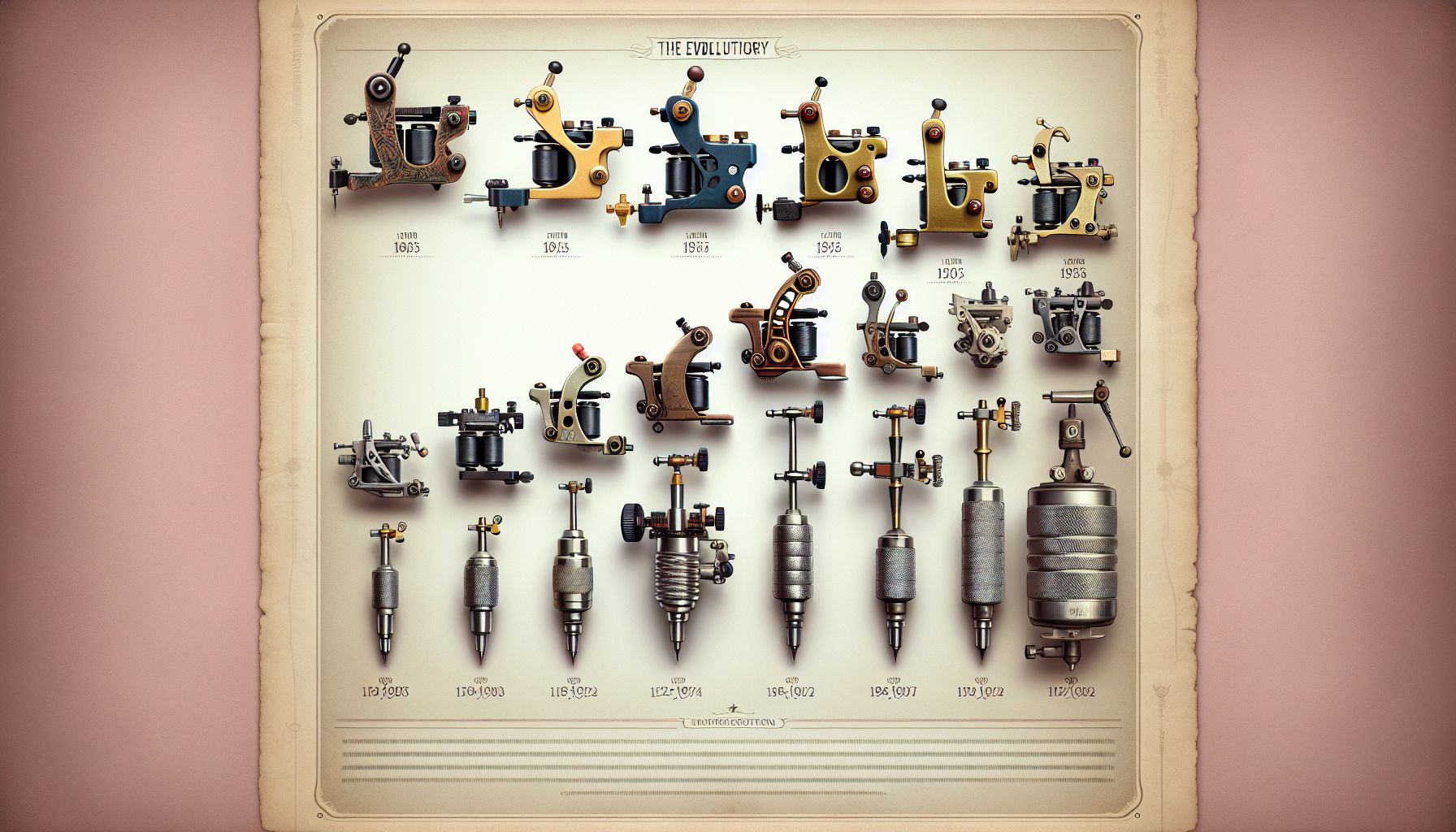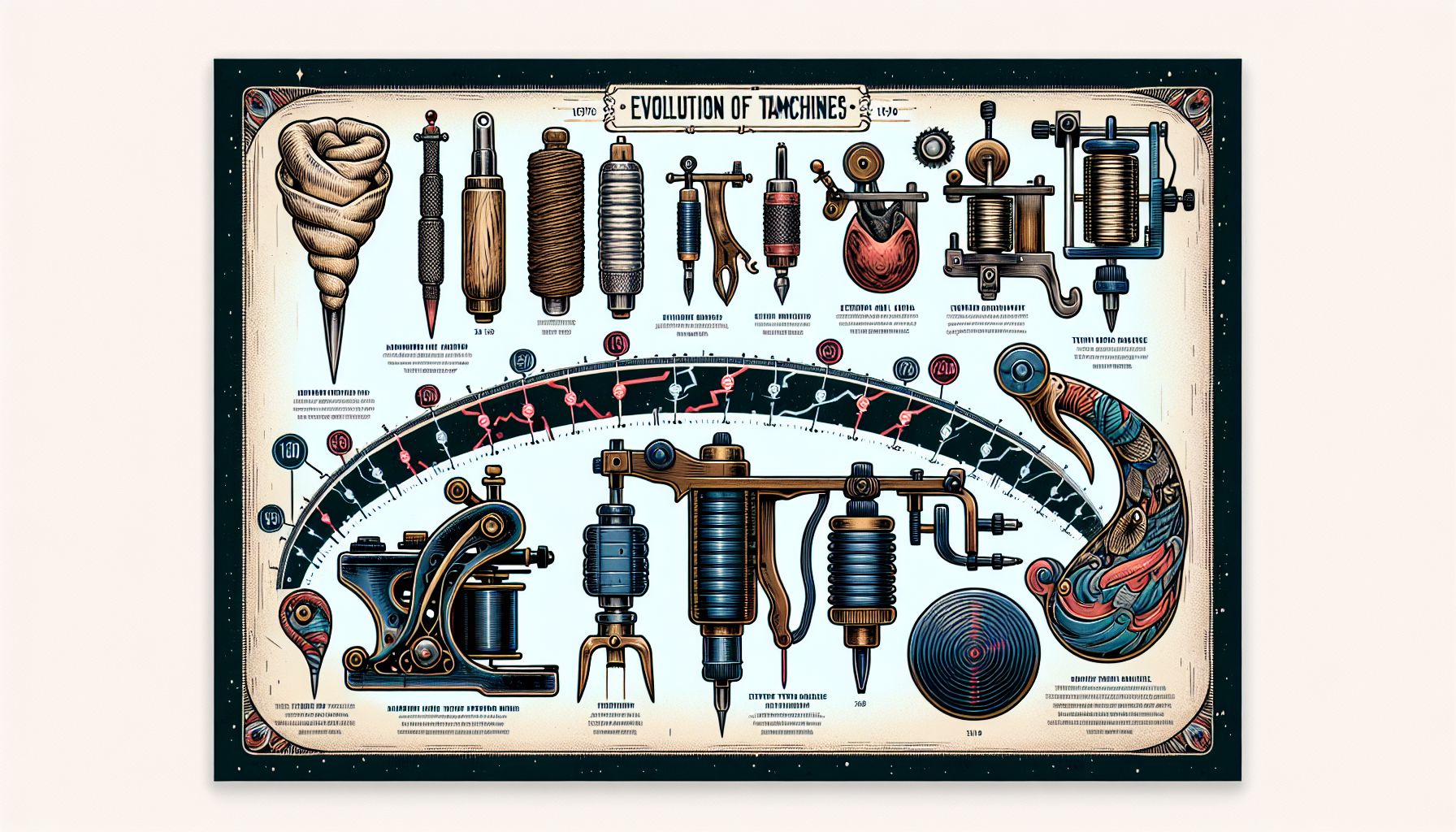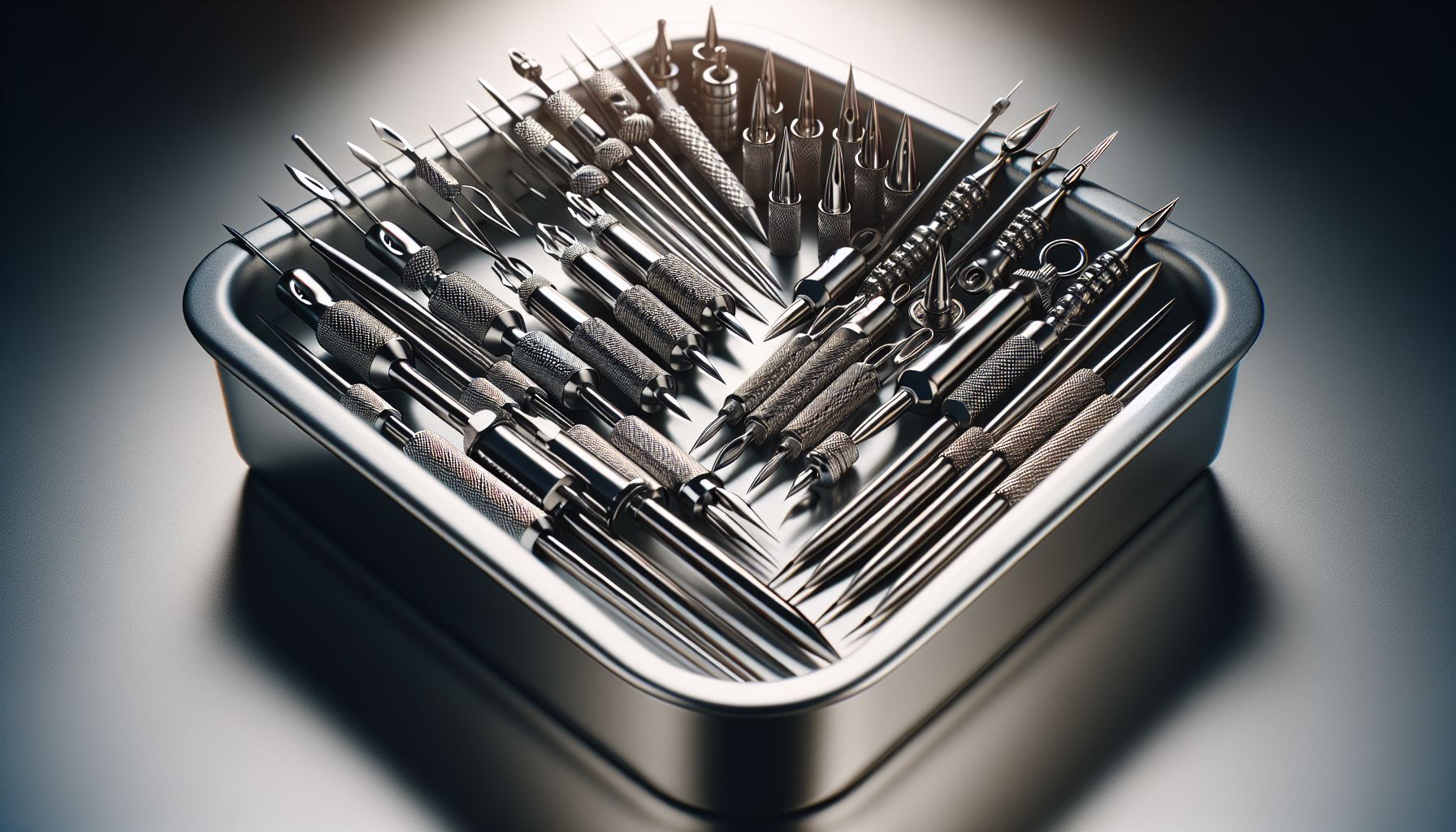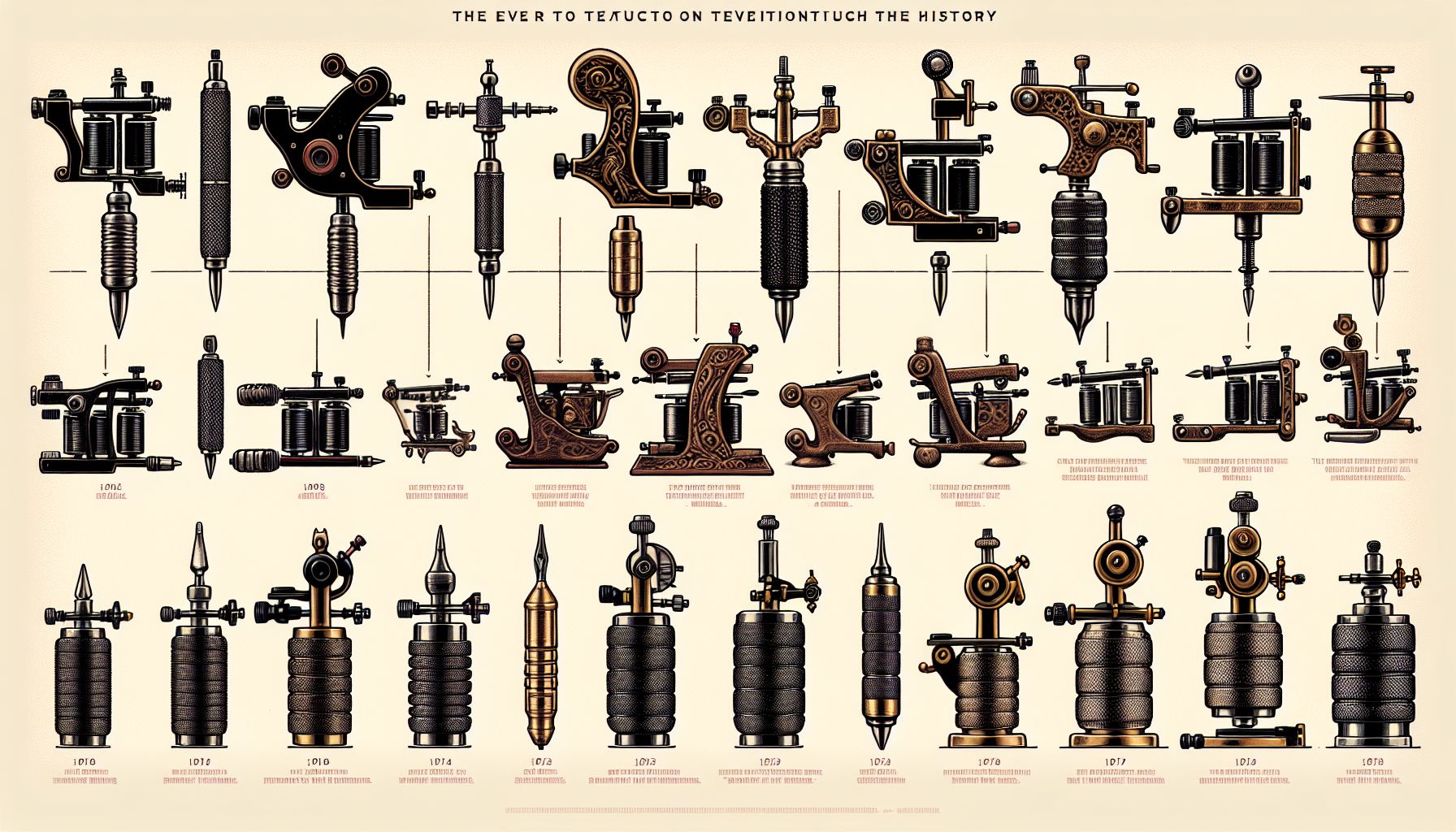In the intricate world of tattoo artistry, the tattoo machine stands as the quintessential tool that has powered the industry from its rough-and-ready roots to the modern renaissance of body art. As a seasoned veteran in the tattoo trade who’s now dedicated to supplying artists with top-notch gear, I’ve had the privilege of witnessing the evolution of this pivotal piece of equipment first-hand. Let’s dive into the storied legacy of tattoo machines, the critical component in any tattoo supplies arsenal, and unravel the threads of innovation that have spun the fabric of today’s diverse selection.
The tattoo machine’s journey began in the late 1800s, with the earliest models borrowing from technology that had nothing to do with body art – notably, Thomas Edison’s electric pen. Who could have foreseen Edison’s invention being repurposed to create permanent art on skin? The original coil tattoo machine, crafted by Samuel O’Reilly, laid the foundation for a century of tattooing, persisting in popularity due to its reliability and the tattoo culture’s inherent respect for tradition.
Over time, the coil tattoo machine underwent various refinements. I’ve felt the heft of iron-cast frames and marveled at sleek, lightweight alloys, each iteration enhancing the tattooist’s experience. Multiple coil configurations brought about the flexibility of lining and shading options. Each machine has its own personality, its buzz and vibration a familiar backdrop to the artist’s creative process. And as we moved into the 21st century, efficiency and ergonomic design have taken center stage, with machines becoming an extension of the artist’s hand itself.
Yet, in the midst of coil dominance, the rotary tattoo machine has emerged, challenging the status quo. Initially, rotaries were met with skepticism – can a machine that is whisper-quiet and vibrates only minimally truly compete with the punch of a coil? Experience taught many of us that the answer is a resounding yes. I remember the first time I tried a rotary; its consistent motion and gentle touch reduced skin trauma and allowed for rapid healing, which in turn delighted clients.
The rotary’s ascendancy brought a plethora of benefits. They tend to have fewer parts and require less maintenance, which is a godsend during a busy day in the shop. Their versatility in handling different needle configurations without the need to swap out parts means that a single rotary machine can often do the job of several coil machines.
Today, we find ourselves amidst an abundance of choices, with machines like the pen-style rotary which combines the precision of drawing implements with the functionality of traditional tattoo devices. Throughout my career, I’ve seen skeptical peers become converts after trying out these newer models, astonished by their maneuverability and comfort over long sessions.
But it’s not just about comfort and convenience. The quality and variety of the art we can produce have benefited immensely from these advancements in machinery. We’re now able to achieve gradients of color and intricacy of line that were once incredibly challenging, if not impossible. And as our tools evolve, so too does the scope of artistic potential within the tattoo industry.
Despite the technological advancements, one piece of wisdom I always share with newcomers is that the machine doesn’t make the artist. Knowledge of the craft, a steady hand, and a creative mind remain paramount. Yet, the right machine in the right hands can elevate tattooing from a mere trade to high art.
As with any tattoo supplies, it’s important to remember that what works for one artist may not suit another. Personal preference plays a huge role, and a machine that feels intuitive to you is invariably the best choice. Whether it’s the resolute chug of a coil or the whirring hum of a rotary, the magic lies in how the artist wields their chosen tool.
To the upcoming artists and shop owners looking to purchase their next tattoo machine, I would say delve into the history, explore the present, and keep an eye on the future. Understand the mechanics, experiment with different models, and find your perfect fit. I offer a collection of reviews on the latest machines on my online storefront, collected from real-world testing and feedback from artists who put these machines through their paces daily.
In conclusion, the rise and transformation of tattoo machines reflect the ever-evolving landscape of this vibrant industry. From the coil to the rotary, each innovation has added a layer to our rich tapestry, allowing artists to broaden their horizons and leave indelible marks of beauty on those who seek their craft. For those of us committed to supplying the trade, we carry a profound responsibility – to preserve the traditions that ground us, and to keep pushing the boundaries of what tattoo art can be. So, when you next click ‘add to cart’, know that you’re not just buying a tattoo machine; you’re securing a piece of history, a tool of trade, and a key to untold artistic possibilities.



